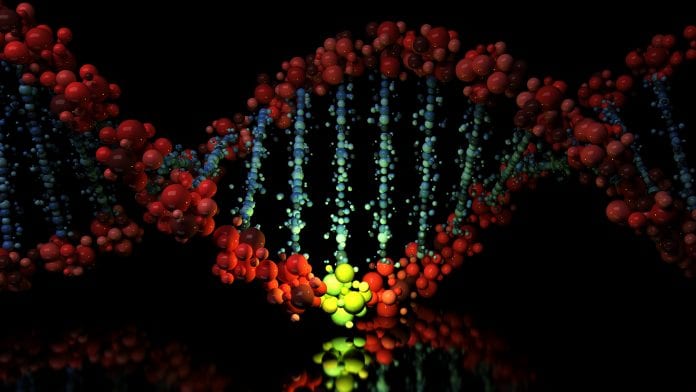
Researchers have used a gene screening technique called Sleeping Beauty mutagenesis identifying genes potentially responsible for fatty liver-associated liver cancer.
Osaka University, Japan, led a research team to identify genes driving the development of non-alcoholic fatty liver disease in patients with hepatocellular carcinoma (NAFLD-HCC), using Sleeping Beauty mutagenesis.
What do you know about Sleeping Beauty mutagenesis?
Being the second most lethal form of cancer worldwide, there is an increasing number of people diagnosed with hepatocellular carcinoma (HCC) each year. A major emerging risk factor for this type of liver cancer, occurring particularly in Western countries, is non-alcoholic fatty liver disease (NAFLD), characterised by excess fat storage in the liver.
Linked to a high-fat diet and type 2 diabetes, damage caused to the liver by NAFLD is similar to that seen in cases of serious alcohol abuse.
Given the lack of treatment options and poor prognosis for HCC patients, Tetsuo Takehara, co-author of a recent study published in Proceedings of the National Academy of Sciences of the United States of America explains: “We used a new technology to comprehensively search for oncogenes in individual animals by large-scale screening of genes and signal transduction pathways that contribute to the development of liver cancer associated with fatty liver disease.”
This new technology involves small, mobile DNA sequences, named Sleeping Beauty mutagenesis or Sleeping Beauty transposon, that were integrated into the genome in two separate mouse models of NAFLD.
Transposon insertion interrupts genes normally involved in tumour suppression or triggers nearby oncogenes, allowing scientists to identify potential HCC-causing genes by accelerated or excessive liver tumour development in affected mice.
Sleeping Beauty mutagenesis: what was found?
20,000 protein-coding genes are estimated to be in the human genome and pinpointing a precise gene or pathway responsible for a disease can be near impossible. And this has undoubtedly been the case for HCC, with studies identifying more than ten thousand mutations in the cancer genomes of HCC patients, making it extremely difficult to develop targeted therapies.
“Amongst hundreds of candidate genes, we discovered that Sav1, a component of the Hippo pathway, was the most frequently mutated gene in both Sleeping Beauty screens.” Explains leading author Takahiro Kodama.
A potential to treat liver cancer
Interestingly, the mutated genes, Sav1 and the Hippo pathway, are a part of the regulation of organ size. If this pathway is disturbed, liver progenitor cells duplicate uncontrollably, leading to the formation of tumours.
The researchers found that there was significant liver damage and accumulation of proteins involved in tumour formation in NAFLD mice when there was a deletion of the Sav1 gene.
Kodama concludes: “Although we knew that deletion of Sav1 leads to liver enlargement and the development of liver tumours, these new findings provide a key link between dysregulation of the Hippo pathway and the development of HCC in NAFLD,”
“Knowing this, we can potentially develop new liver cancer treatments targeting the Hippo pathway.”






















